I was a panelist this past week in London at the London Wine International Festival. The well-known UK journalist/blogger Jamie Goode was the moderator along with a winemaker from Italy – Nicola Biasi-Winemaker at Allegrini Estates- www.allegrini.it and Arnaud Dauriat, M. Eng. -Senior Life Cycle Analyst, Project Manager at Quantis- www.quantis.intl.com.
The topic was trends in the wine industry regarding sustainability and packaging. Since I work for Nomacorc and we had recently announced our new zero carbon footprint product called Select Bio, it was a chance to share my view on this interesting topic.
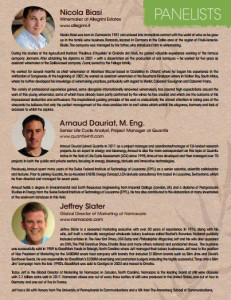
There were four key insights that I distilled from the session and I thought I’d share them with you.
Consumer Confusion
There isn’t any doubt in my mind that most wine consumers are confused about words like organic, sustainable, green, biodynamic and natural. There are very few who really understand the differences and even experts don’t agree on definitions. Not unlike the language in food marketing, words like low-fat, fat free, and all natural aren’t helpful. Only the most ardent wine enthusiast with a penchant toward this segment can begin to see a difference. When these words get included in packaging messaging, it general points toward a group of things that are somehow different. Consumers understand that wineries are implying that these wines are better for you but their communications isn’t clear and there isn’t an easy way to get much education at retail.
My view is that sustainable/organic/natural wines aren’t articulating a clear benefit yet that the majority of consumers can understand. I know this is a niche segment but so was organic produce at one time. During the conference, I suggested an example of how the right benefit could ignite the category. Consumers believe that red wine can create headaches. Whether it does or not is irrelevant. That is their perception. Why not try and market a more natural wine product with no sulfites that MAY have provide a headache free experience?
I understand how hard claims are to make- but look at Pom Wonderful the pomegranate juice as a fantastic example of a liquid in a bottle doing just this around the anti-oxidant issue. Pom invested in research to prove that pomegranate juice has the highest level of anti-oxidant AND they created a proprietary shaped bottle. The wine industry should study and learn from this case study.
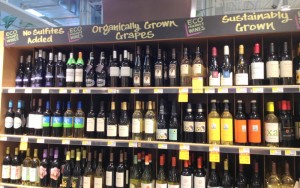 |
| The Organic Section of Wine at Whole Foods |
Retail and Merchandising Can Help
Our moderator, Dr. Jamie Goode traveled to a number of supermarkets in the U.K. and could find little evidence of consumer interest in the topic of sustainability in wine packaging, organic or biodynamic wines based on what he saw on the shelf. There were random bottles with these buzz words on labels but they were organized into sections with country of origin or variety of wine. So an organic wine from France was in the French wine section with its white or red brethren. In the U.S., to my knowledge, only Whole Foods has a designated section for these types of wines that allows a consumer to easily find them. It also helps put all of these types of wine into a common home based on the “good for you” section instead of the traditional country or variety. I’m not aware of any other retailer in the U.S. doing this but it’s an important way to help these brands attract attention. Almost a ‘store within a store’.
Another retail related question I raised was why aren’t organic wines sold along side organic produce? Makes sense from the perspective of a shopper who is looking for products that have common and shared values. Where are the experiments at retail trying ideas like this?
The panel was more focused on packaging and it is interesting that major retailers are pushing hard to remove waste and unsustainable packaging from there stores and from wine in general. For example, Waitrose in the U.K recently announced that they have set a goal to reduce packaging by 50% by 2016. Wal-mart in the U.S. has a scorecard that now includes a sustainability score based on packaging and credits those using more sustainable materials. (bioplastics for example). According to the Shelton Group, a recent poll of Americans indicate a greater feeling of guilt associated with food waste than recycling guilt. This points to a growing need for better and improved packaging that is both sustainable for the environment and has an impact on preventing food (beverage) waste.
Drivers to Sustainability Trends in Packaging
There are 4 key drivers impacting the sustainability trends globally: waste prevention, source of materials, reduction in energy use or lean manufacturing and recovery of materials in recycling. So packaging materials that offer many of the benefits of consistency, renewable material (like plant-based plastics from sugar cane), efficient manufacturing and waste system for recycling will see continued favor in the coming years. Driving these trends are pressures from consumer demands, retailer requirements, the global nature of commerce today and the increase in new and disruptive technologies.
The weight of glass in shipping is a key factor in increasing a wine’s carbon footprint. An interesting trend is evolving where wines are being shipped in bulk (like fruit juices) closer to the source of bottling. This is a highly sustainable industry trend that can take tremendous amount of carbon out of the industry as heavy bottles aren’t being shipped.
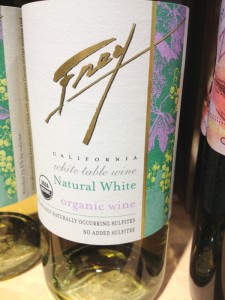
Sustainability reminds me of what happened 30 years ago with words like quality. At that time, manufacturers were struggling with understanding and communicating the benefits of quality in products. The market sorted this out through natural selection where companies whose products were of higher quality produced a vast improvement in reliability. Quality was associated with value in ways that made brands that created the best products were rewarded with higher prices and stronger consumer affinity.
The wine industry has many clever marketing professionals building brands and managing specialty retail shops. I bet someone figures out how to put a total package together to help develop this new segment that organically grows as new seeds are planted.
Note: If you naturally enjoy these blog posts, would you share them with one marketing friend who might be interesting in my observations. Thank you.

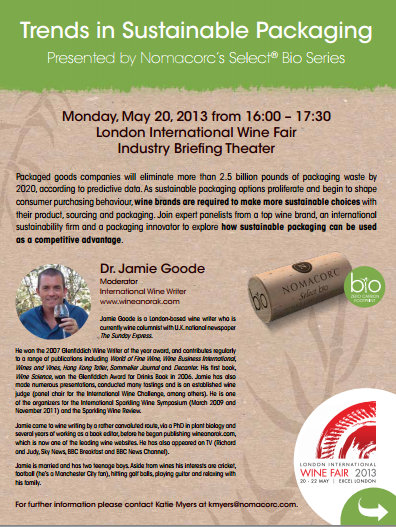
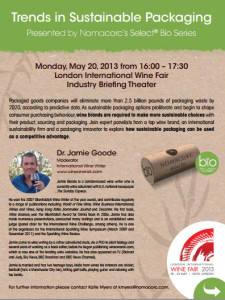
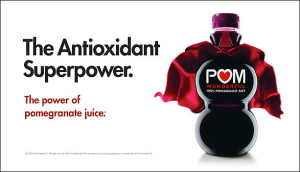

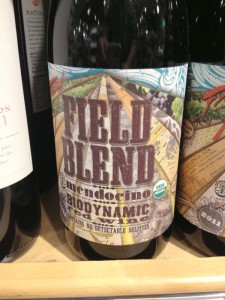
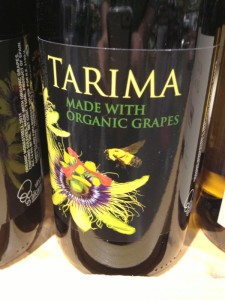

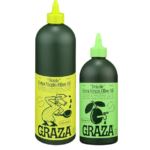
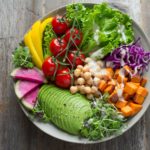
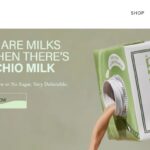

Thank you for giving the information. Now a days various types of packaging material are available in the market with variety of designs.
handheld bulk plastic bins | handheld collapsible plastic bins
Carol, you are right that there are a lot of choices today. The challenge for the wine industry is to be different from the category and not blend in to it.
Cheers.